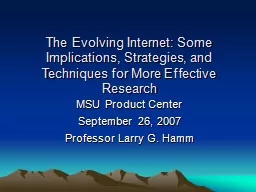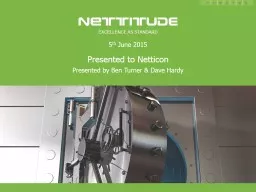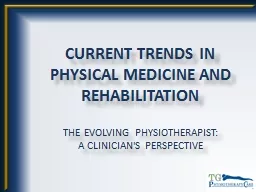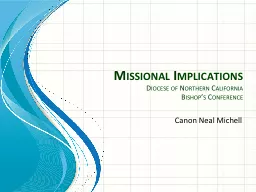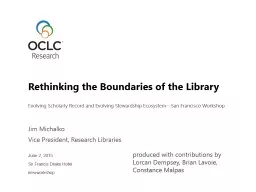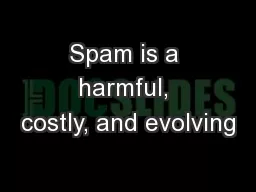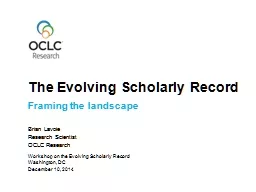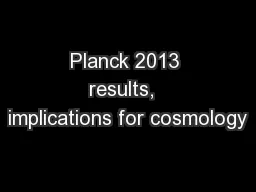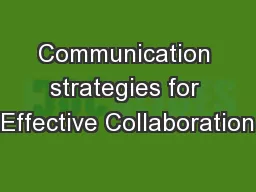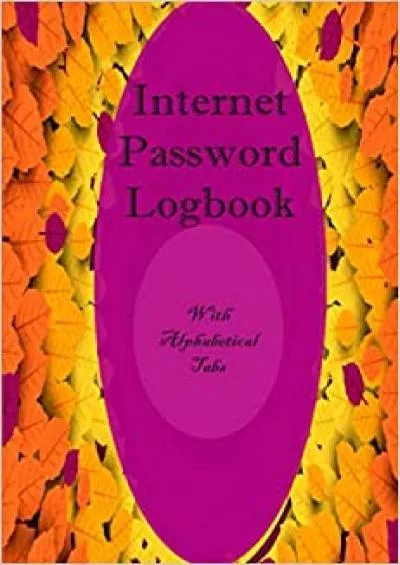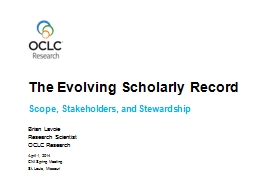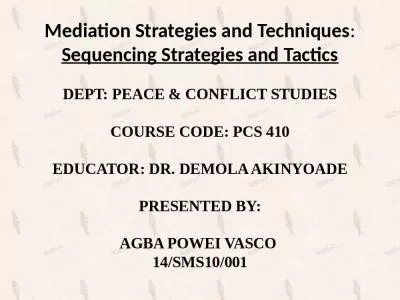PPT-The Evolving Internet: Some Implications, Strategies, and Techniques for More Effective
Author : pattyhope | Published Date : 2020-06-20
MSU Product Center September 26 2007 Professor Larry G Hamm Presentation Outline Introduction Search Engine Basics Business Search with Google News Search Social
Presentation Embed Code
Download Presentation
Download Presentation The PPT/PDF document "The Evolving Internet: Some Implications..." is the property of its rightful owner. Permission is granted to download and print the materials on this website for personal, non-commercial use only, and to display it on your personal computer provided you do not modify the materials and that you retain all copyright notices contained in the materials. By downloading content from our website, you accept the terms of this agreement.
The Evolving Internet: Some Implications, Strategies, and Techniques for More Effective: Transcript
Download Rules Of Document
"The Evolving Internet: Some Implications, Strategies, and Techniques for More Effective"The content belongs to its owner. You may download and print it for personal use, without modification, and keep all copyright notices. By downloading, you agree to these terms.
Related Documents

